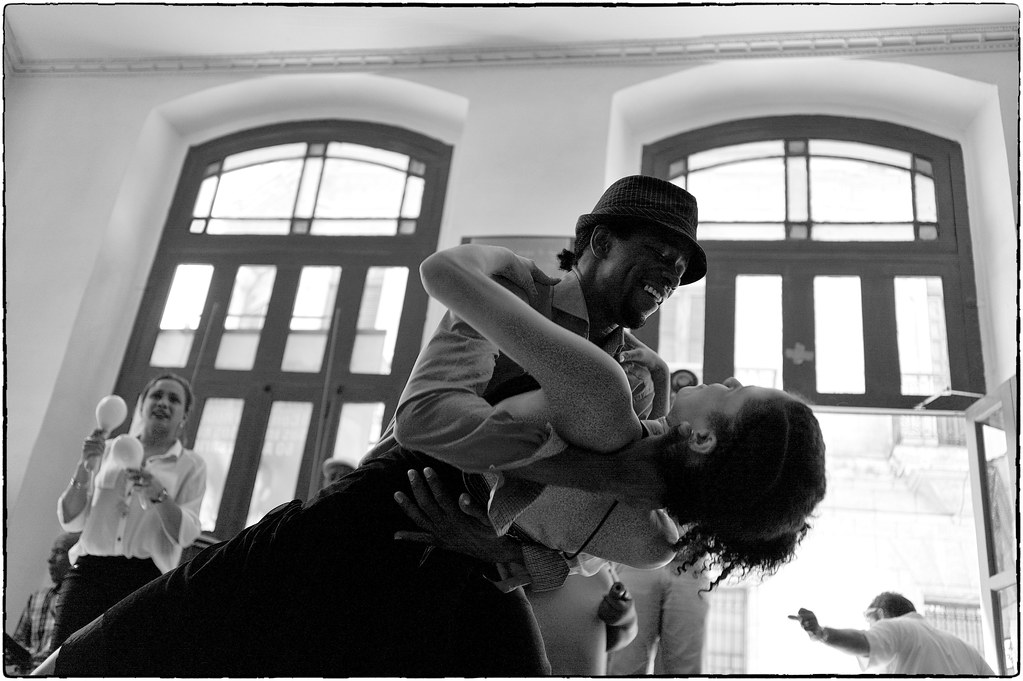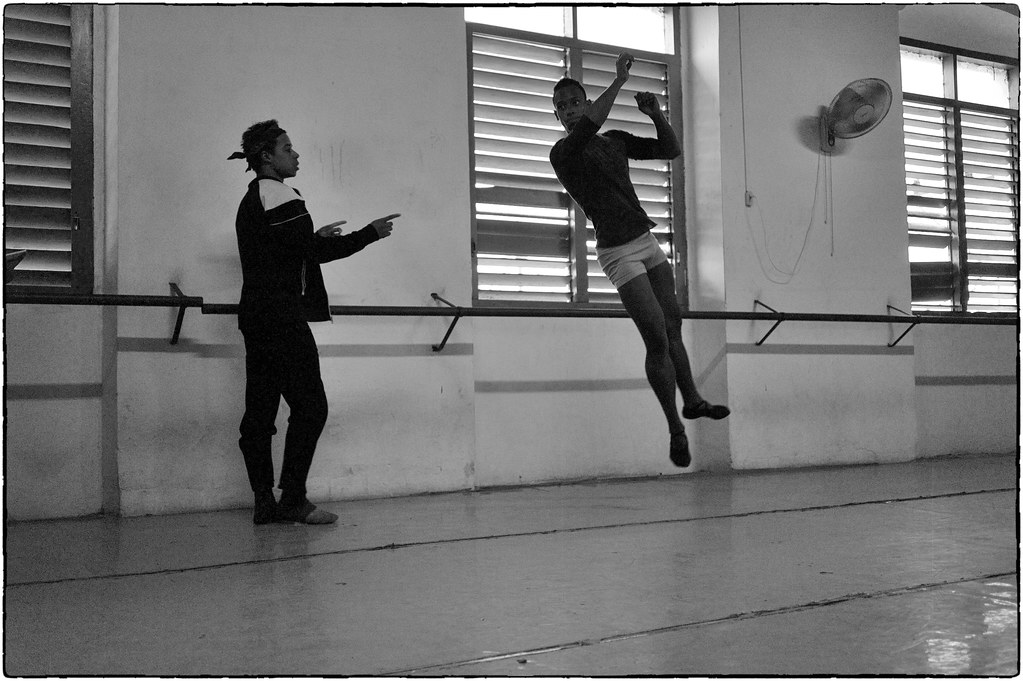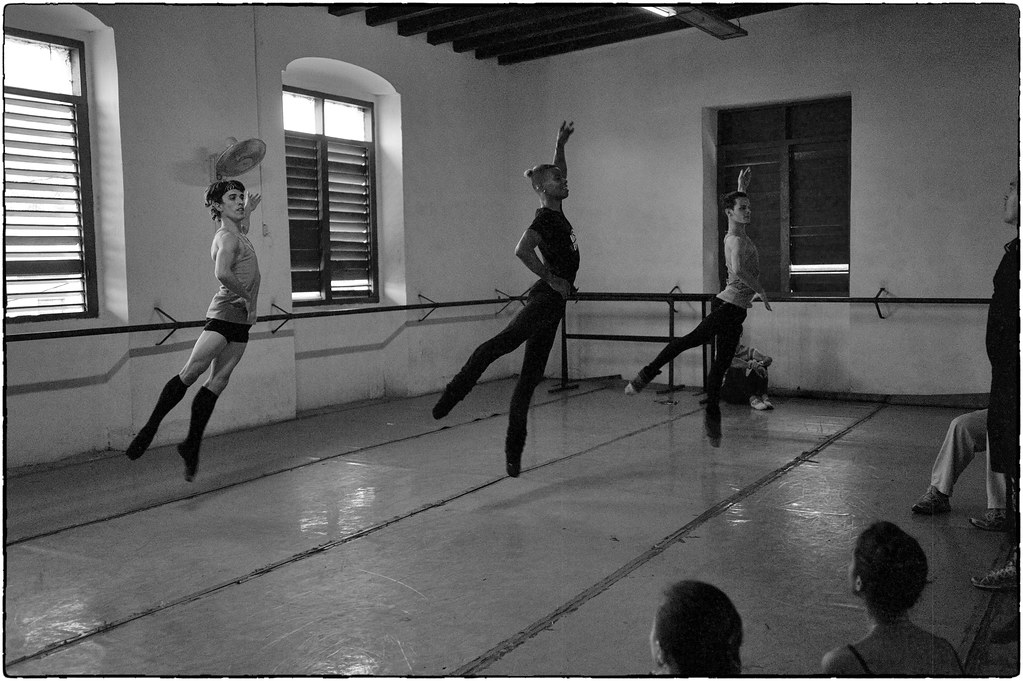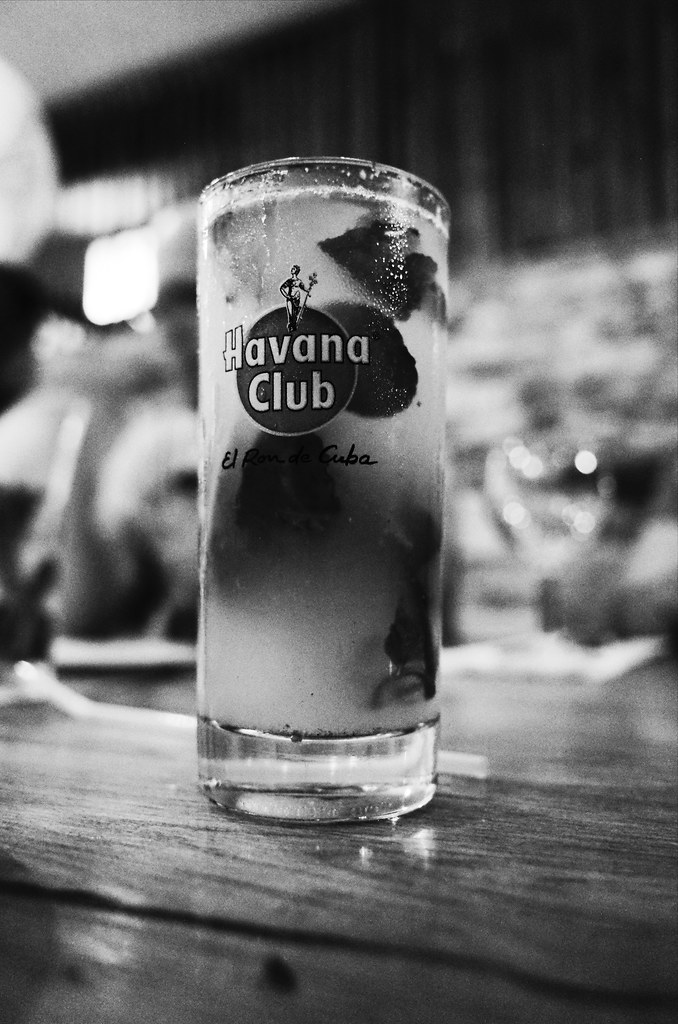Bill Pierce
Well-known
Black-and-white was the choice for for a lot of shooters who wanted to make their own prints in a wet darkroom. Face it, anybody willing to use several sheets of paper to fine tune a final print, could probably beat the print quality of most commercial labs who wanted to keep expenses down and profits up by using as few sheets of paper as possible. And color printing with its critical temperature control was beyond the darkroom capabilities of many folks and a pain in the tail for those who could exercise the control. And many of the local controls that made for excellent prints in b&w weren’t available in color printing, especially if the original was a transparency.
But, with digital photography, the situation is reversed. Most of the time it’s easier to make a color print or even a color jpg to be shared on the web or in email. Much of the time producing black-and-white digital photography involves extra steps converting an original color image especially if you want to mimic the tonal distribution of film. And let’s face it, that snapshot of the new puppy or the birthday party often benefits from color. Among my friends, and myself, I see the wet darkroom photographers turned digital darkroom photographers producing more and more of their images in color rather than black-and-white.
I made my living shooting news in color. Indeed, the magazine I worked for the most billed itself as “the colorful newsweekly.” But I had come up under Gene Smith and my favorite non-news photographers were Richard Avedon and Irving Penn; so, naturally I thought if you were serious and an artist, you shot black-and-white. And I did that whenever possible and was not above converting color images to black-and-white for exhibits. My grandchildren, who have grown up in a world of color movies, color television and color digital photography where only antique images are in black-and-white probably think I am an antique. I’m changing.
Digital photography has certainly increased the number of pictures taken and seen, the great, great majority of them in color. It allows easily produced and controlled color images. Does it make it more possible for you to produce serious, artistic or just plain “good” color pictures?
But, with digital photography, the situation is reversed. Most of the time it’s easier to make a color print or even a color jpg to be shared on the web or in email. Much of the time producing black-and-white digital photography involves extra steps converting an original color image especially if you want to mimic the tonal distribution of film. And let’s face it, that snapshot of the new puppy or the birthday party often benefits from color. Among my friends, and myself, I see the wet darkroom photographers turned digital darkroom photographers producing more and more of their images in color rather than black-and-white.
I made my living shooting news in color. Indeed, the magazine I worked for the most billed itself as “the colorful newsweekly.” But I had come up under Gene Smith and my favorite non-news photographers were Richard Avedon and Irving Penn; so, naturally I thought if you were serious and an artist, you shot black-and-white. And I did that whenever possible and was not above converting color images to black-and-white for exhibits. My grandchildren, who have grown up in a world of color movies, color television and color digital photography where only antique images are in black-and-white probably think I am an antique. I’m changing.
Digital photography has certainly increased the number of pictures taken and seen, the great, great majority of them in color. It allows easily produced and controlled color images. Does it make it more possible for you to produce serious, artistic or just plain “good” color pictures?










